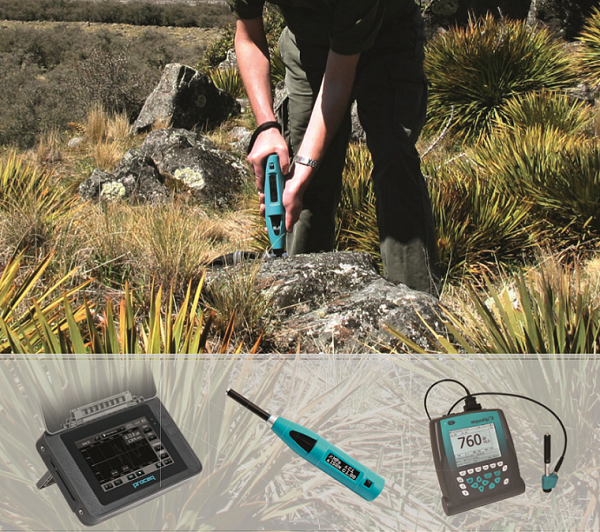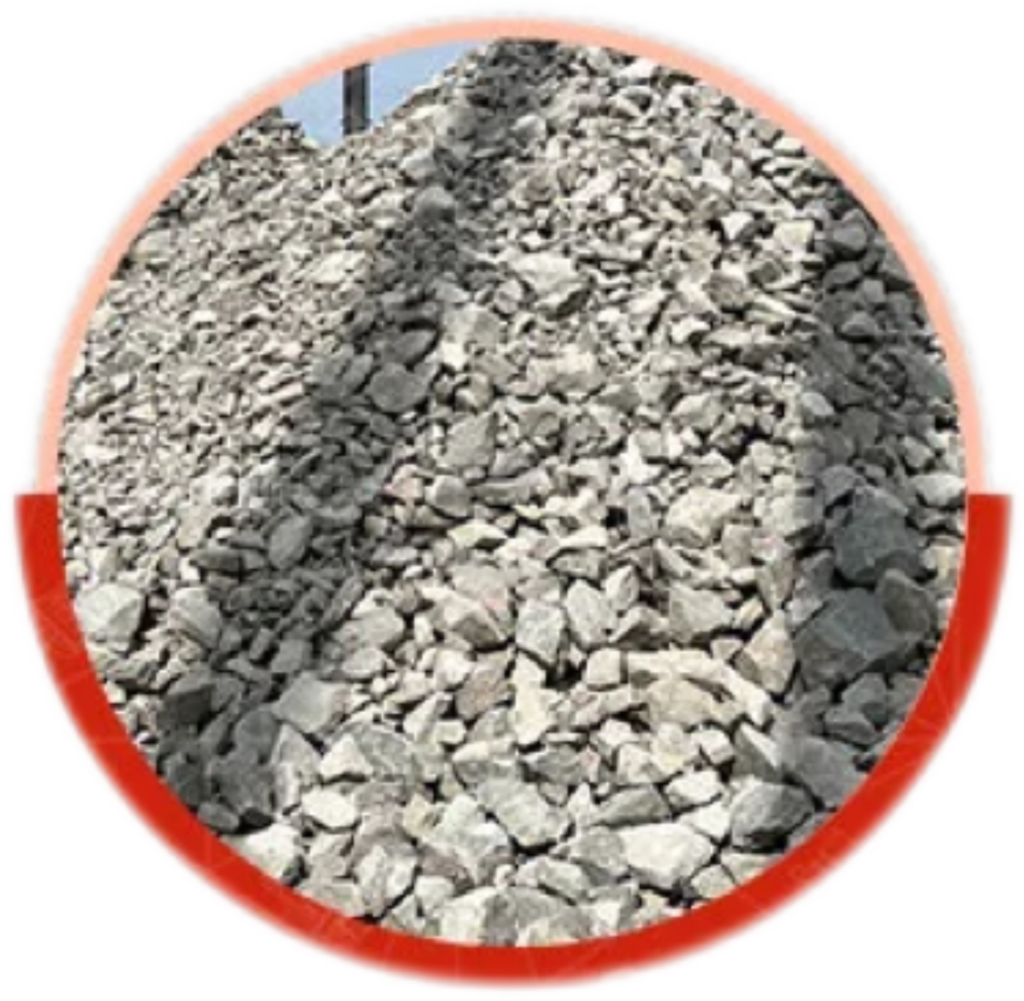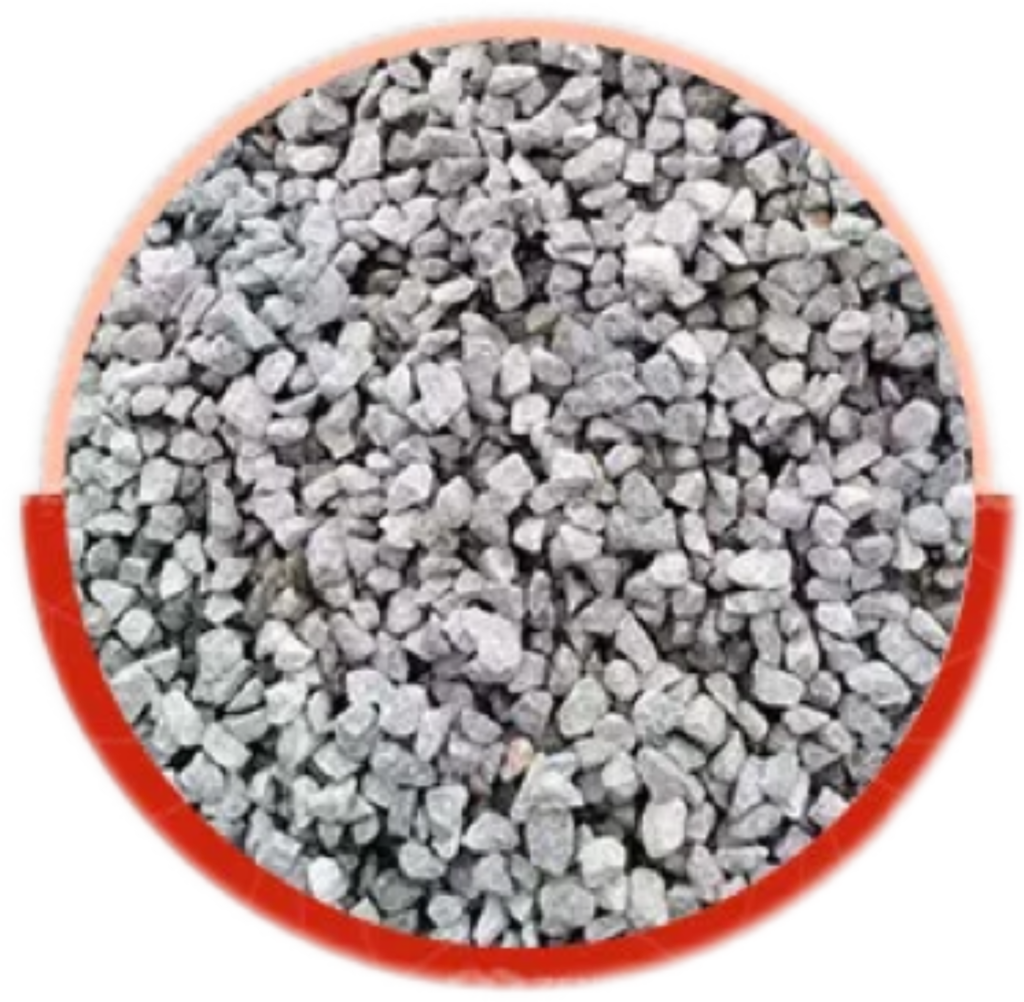Selecting the ideal mobile crusher plant is critical for maximizing ROI. This guide covers key factors from budget planning to material analysis, helping you make informed decisions tailored to your project needs.
Step 1: Define Your Budget & ROI Goals
Initial investment range
The initial investment in the crushing station may account for 30% – 50% of the total cost of the construction project. Making a reasonable planning budget can prevent subsequent disruptions in the capital chain and operational losses.
Small – scale projects (<50 TPH): $50,000 – $150,000 (Recommended model: OLJ – 150 Mobile Jaw Crusher)
Medium – scale projects (50 – 200 TPH): $150,000 – $500,000 (Recommended model: OLIS – 200 Impact Crusher + Screen)
Large – scale projects (>200 TPH): $500,000+ (Recommended modular solutions)
Hidden cost reminder
Transportation costs
International maritime transportation accounts for 5 – 10% of the equipment cost.
Tariffs
with an average of 12% in Southeast Asia
Spare parts inventory
annual cost is approximately $10,000
Calculate Your ROI
Estimated Annual Revenue: $0
Step 2: Calculate Required Production Capacity
Formulas and Cases
Formula:
Daily production capacity (TPH) = Total aggregate demand of the project (tons) / Effective working days
Case:
- Project requirement: 100,000 tons
- Construction period: 9 months (approximately 270 working days)
- Daily production capacity = 100,000 / 270 ≈ 370 TPH → Select 370 TPH – class equipment (such as OLI – 370 Mobile Impact Crusher)
Step 3:Analyze the material characteristics&site conditions
Material Testing Guide
1. Hardness Test:
- Tool: Schmidt Hammer (used to quickly determine Mohs hardness on – site)
- Application of Results: If the hardness is greater than 6, select a cone crusher; if less than 6, select an impact crusher.
2. Mud Content Detection:
- Method: Take a 500 – gram sample, wash it with water, dry it and weigh it, then calculate the percentage of mud content.
- Suggestion: If the mud content is greater than 5%, a sand washing machine needs to be equipped.

Step 4:Match equipment with aggregate uses
Comparsion table
| Comparison table: | |||
| Usage of aggregates | Equipment type | Finished product requirements | Recommended Model |
| Concrete aggregates | Impact crusher | Multi-angled cubes with powder content<5% | OLI-200 Impact Crusher |
| Asphalt aggregates | Cone crusher | Flaky&elongated particles<10%, dry&mud-free | OLC-300 Cone Crusher |
| Railway ballast | Jaw crusher+impact crusher | Uniform particles sized between 50-70mm | OLJI-500 Jaw + Impact |
Comparison diagram of particle shapes produced by different crushers


Step 5:Optimize Long - Term Operating Costs
Cost comparison
- Energy consumption cost:
Jaw crusher: $1.5 – 2.5 per ton vs Cone crusher: $2.5 – 4.0 per ton
- Wear – resistant parts lifespan:
High – manganese steel jaw plate: 6 – 12 months → Replacement cost: $3,000 per time
Ceramic composite plate: 18 – 24 months → Replacement cost: $5,000 per time






